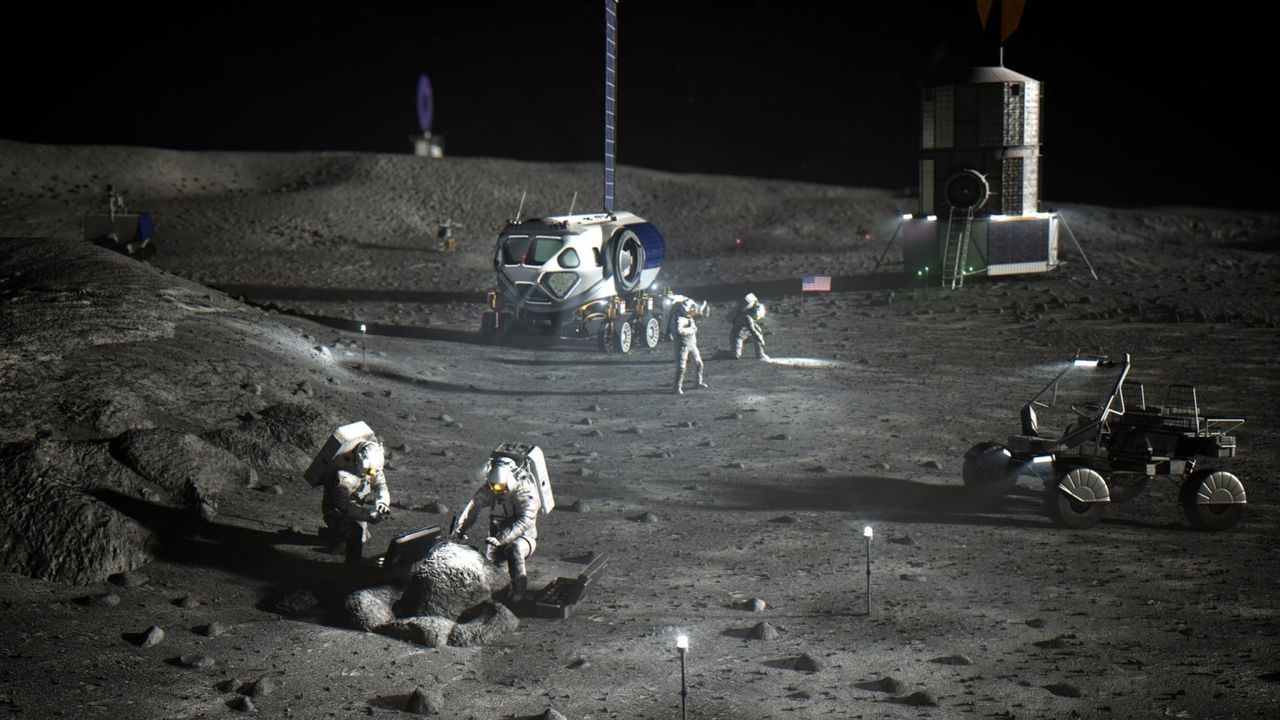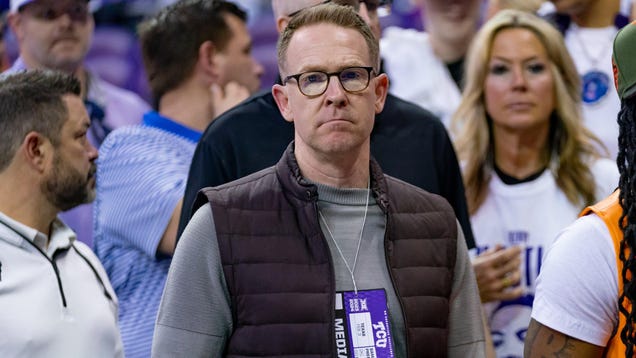
Dancers from Thailand demonstrate a form of Thai dance at the inter-cultural dialogue held at Niathu Resorts, Dimapur. The dance troupe is part of the international event jointly organised by the Indira Gandhi National Centre for the Arts (IGNCA), New Delhi, in collaboration with NEZCC. (Morung Photos)
Dimapur, Mar 3 : Following the first night of the Festival of dance of South East Asia and North East India held here at the NEZCC Complex, an inter-cultural dialogue was held at the Niathu Resorts. There were interactive sessions between the guests from Bali, Indonesia and Thailand. Participating in the inter-cultural dialogue were students from Christian Higher Secondary School, Patkai Christian College, members of Art and Culture department of Nagaland, Dreamz Limited Theater group and other young enthusiasts of dance, music and culture.Professor I. Nyousan Sedana from Indonesia with the help of his dance troupe showed different dance movements that use form, movement and expression. He also highlighted the nuances of the importance of eye movement and androgynous dances. Also, Pornrat Damrhung from Thailand showed different dance forms from all the regions of Thailand. She stressed on the importance of adding new elements, self interpretation of traditional songs and dances.
Director of NEZCC, Hekali Zhimomi, IAS, while opening the informal session, said that the idea to host a cultural programme of this stature was to really find out and see how alike and how different we are in our traditions and culture through the medium of dance. She also revealed that they had to select folk artists from all over Nagaland and choose those whose art forms would best represent the state.
Finally seeing those performances on stage was really an eye-opener, said Zhimomi, feeling that we do have many similar traits of culture. She further informed that the guests and Naga cultural troupes will soon be heading to New Delhi to participate in the Intercultural Dialogue between North east India and South east India scheduled to be held at New Delhi from March 17 to 20, 2010.
Susan Waten, Director of Holiday Abode for Writers and Artists (HAWA), Dimapur, and the state coordinator for the cultural event, also said that participating Naga youths can learn from the South East Asian friends appreciation of our cultural root and tradition. She also felt that we can learn so many things and imbibe them in our traditional Naga dances. “Keeping in mind our tradition as the base, we can modify our dances, give new interpretation and take it on stage,” she enthused. Naga dances are good, Waten said, but it is still in raw form. “We can refine it, add new elements, and also meanwhile promote our dresses and instruments,” she added.
The event has been jointly organised by the Indira Gandhi National Centre for the Arts (IGNCA), New Delhi, in collaboration with NEZCC. The evening’s program also witnessed spectacular dance programs from Java, Meghalaya, Mizoram, Assam, Cambodia, Manipur and Nagaland.

Dancers from Thailand demonstrate a form of Thai dance at the inter-cultural dialogue held at Niathu Resorts, Dimapur. The dance troupe is part of the international event jointly organised by the Indira Gandhi National Centre for the Arts (IGNCA), New Delhi, in collaboration with NEZCC. (Morung Photos)
Dimapur, Mar 3 : Following the first night of the Festival of dance of South East Asia and North East India held here at the NEZCC Complex, an inter-cultural dialogue was held at the Niathu Resorts. There were interactive sessions between the guests from Bali, Indonesia and Thailand. Participating in the inter-cultural dialogue were students from Christian Higher Secondary School, Patkai Christian College, members of Art and Culture department of Nagaland, Dreamz Limited Theater group and other young enthusiasts of dance, music and culture.Professor I. Nyousan Sedana from Indonesia with the help of his dance troupe showed different dance movements that use form, movement and expression. He also highlighted the nuances of the importance of eye movement and androgynous dances. Also, Pornrat Damrhung from Thailand showed different dance forms from all the regions of Thailand. She stressed on the importance of adding new elements, self interpretation of traditional songs and dances.
Director of NEZCC, Hekali Zhimomi, IAS, while opening the informal session, said that the idea to host a cultural programme of this stature was to really find out and see how alike and how different we are in our traditions and culture through the medium of dance. She also revealed that they had to select folk artists from all over Nagaland and choose those whose art forms would best represent the state.
Finally seeing those performances on stage was really an eye-opener, said Zhimomi, feeling that we do have many similar traits of culture. She further informed that the guests and Naga cultural troupes will soon be heading to New Delhi to participate in the Intercultural Dialogue between North east India and South east India scheduled to be held at New Delhi from March 17 to 20, 2010.
Susan Waten, Director of Holiday Abode for Writers and Artists (HAWA), Dimapur, and the state coordinator for the cultural event, also said that participating Naga youths can learn from the South East Asian friends appreciation of our cultural root and tradition. She also felt that we can learn so many things and imbibe them in our traditional Naga dances. “Keeping in mind our tradition as the base, we can modify our dances, give new interpretation and take it on stage,” she enthused. Naga dances are good, Waten said, but it is still in raw form. “We can refine it, add new elements, and also meanwhile promote our dresses and instruments,” she added.
The event has been jointly organised by the Indira Gandhi National Centre for the Arts (IGNCA), New Delhi, in collaboration with NEZCC. The evening’s program also witnessed spectacular dance programs from Java, Meghalaya, Mizoram, Assam, Cambodia, Manipur and Nagaland.







































.jpg)




























































